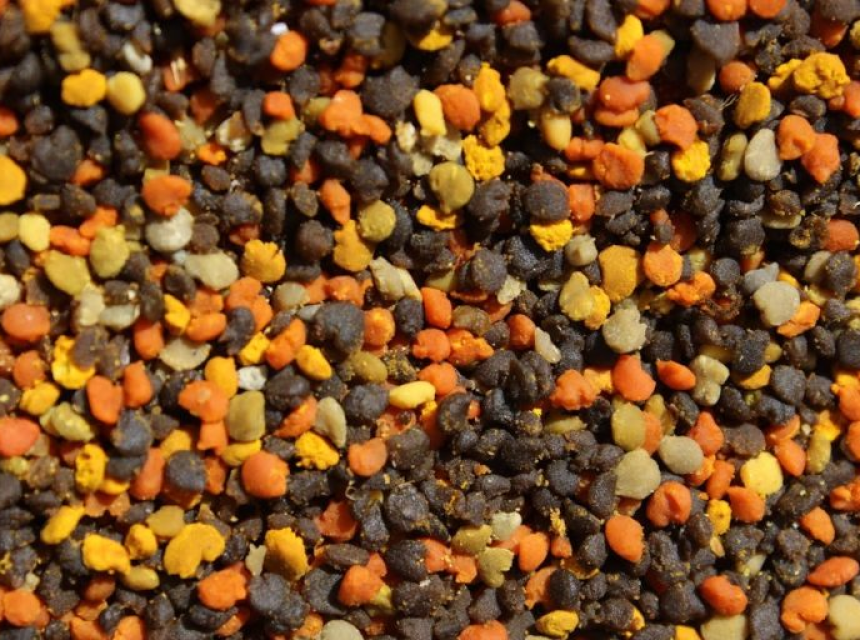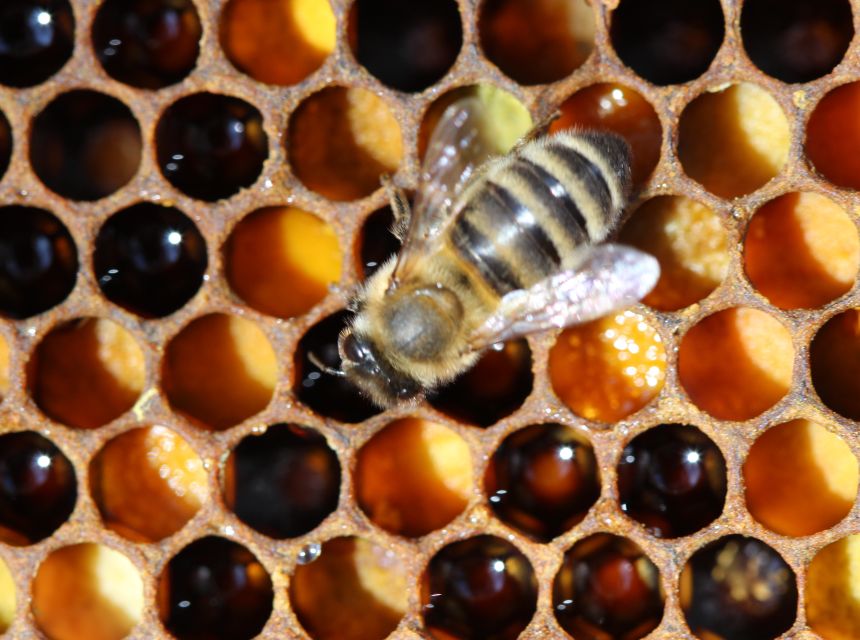
Services for Researchers

Pollen Metabarcoding
$82.77 per sample for PSU affiliates (PSU students, faculty, staff, alumni)
$131.11 per sample for others (non-PSU clients)
This service uses ribosomal DNA based primers that amplify the internal transcribed spacer regions (ITS1 and ITS2), which are some of the most widely used plant identification genetic markers. Each sample is barcoded using a nested PCR assay that identifies is as belonging to a specific sample set and then sequenced using next generation Illumina® sequencing. The data is processed using our data processing pipeline and customized plant database to identify plant genera present in each sample and provide the proportion each floral source contributes to the sample.
FAQs - Pollen metabarcoding (PMB)
Spotted Lanternfly qPCR Detection
$20.42 per sample for PSU affiliates (students, faculty, staff, alumni)
$32.25 per sample for others (non-PSU client)
Although originally designed by the Lockwood lab at Rutgers University, we have modified this semi-quantitative, real-time PCR assay to detect spotted lanternfly DNA in nectar and honey samples. This method is extremely rapid and sensitive and shows excellent promise as an environmental monitoring tool to track spotted lanternfly movement and spread.
FAQs - Spotted Lanternfly qPCR Detection- Contact Dr. Michele Mansfield for more specific questions about pricing and for discounts on bulk sample submission, either as an individual or as a group for beekeeper groups and clubs.
- Upon receiving your sample(s), you will receive and invoice from the PSU-HPDL and instructions for how to submit your payment.
- The fees for these services are NOT for profit and go towards the labor and materials needed for testing and to develop future tests so we can continue adding to and improving our services for beekeepers and pollinator researchers.
Interested in submitting a sample?
Fill out the submission form to request our pollen metabarcoding OR Spotted Lanternfly qPCR Detection services. We will be in touch shortly!
Upcoming services and suggestions
Because the PSU HPDL was designed to meet the needs of beekeepers and pollinator researchers alike, please let us know what suggestions you have for further services that would be valuable in your research. Some suggestions include:
- Pollen & lipid ratios for pollen samples to evaluate pollen nutrition
- Honey characteristic evaluations such as sugar & phenolic content

